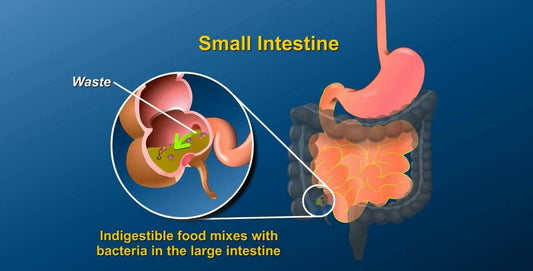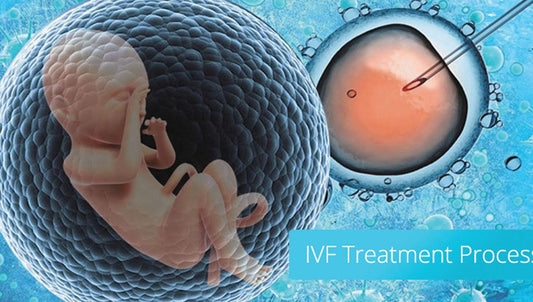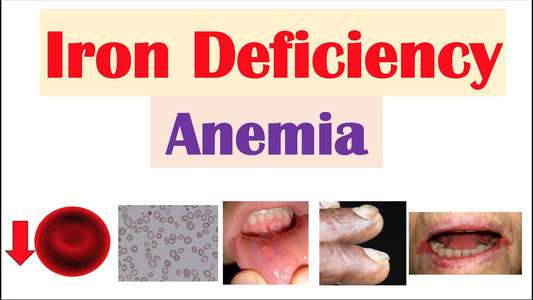featured Ileostomy
On by ZimSeller Pharmacy 0 comments
IVF
On by ZimSeller Pharmacy 0 comments
Itchy skin
On by ZimSeller Pharmacy 0 comments
Itchy bottom
On by ZimSeller Pharmacy 0 comments
Isovaleric acidaemia
On by ZimSeller Pharmacy 0 comments
Irregular periods
On by ZimSeller Pharmacy 0 comments
Iron deficiency anaemia
On by ZimSeller Pharmacy 0 comments





















